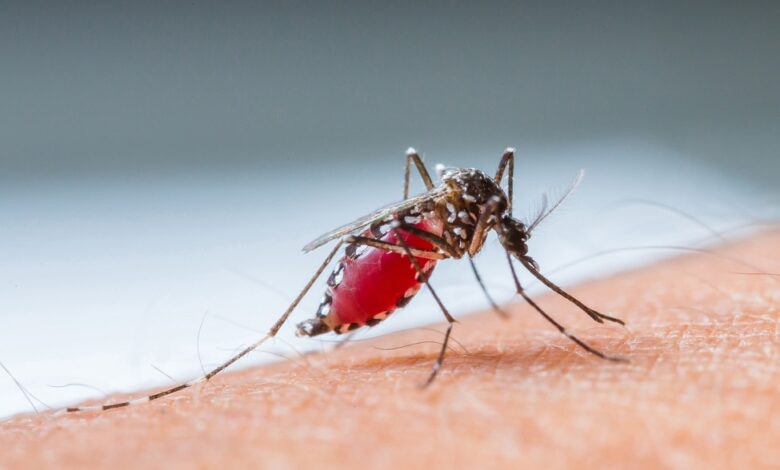The Lifecycle of Malaria: From Mosquito to Human

Malaria is a complex disease caused by protozoan parasites of the genus Plasmodium, which are transmitted to humans through the bites of infected female Anopheles mosquitoes. Understanding the lifecycle of malaria is essential for grasping how the disease spreads and persists. This article outlines the detailed lifecycle of malaria, from its initial transmission by mosquitoes to its development within the human host.
1. Transmission: The Mosquito Bite
The lifecycle of malaria begins with the bite of an infected female Anopheles mosquito. Here’s how the transmission process works:
- Infectious Bite: When an Anopheles mosquito bites a person already infected with malaria, it ingests blood containing Plasmodium parasites. The parasites are in the form of gametocytes, which are the sexual stage of the parasite.
- Parasite Development in Mosquito: Inside the mosquito’s gut, the gametocytes undergo fertilization and develop into oocysts. The oocysts then release sporozoites, which migrate to the mosquito’s salivary glands.
2. Human Infection: Sporozoites to Liver Stage
When the infected mosquito bites another person, the sporozoites are injected into the human bloodstream:
- Sporozoite Injection: Sporozoites travel through the bloodstream and enter the liver, where they invade liver cells. This stage is known as the liver stage or exoerythrocytic stage.
- Liver Stage Development: Inside the liver cells, sporozoites develop into schizonts, which mature and rupture, releasing merozoites into the bloodstream. This liver stage typically lasts for one to two weeks.
3. Erythrocytic Stage: Merozoites in Red Blood Cells
Once the merozoites are released from the liver, they enter the bloodstream and infect red blood cells:
- Red Blood Cell Invasion: Merozoites invade red blood cells and multiply asexually, forming new schizonts. Each schizont contains numerous merozoites.
- Cycle of Rupture: The infected red blood cells eventually rupture, releasing new merozoites into the bloodstream. These newly released merozoites then invade other red blood cells, continuing the cycle of infection. This cycle is responsible for the recurring fevers and symptoms of malaria.
4. Gametocyte Formation
Some of the merozoites that develop within red blood cells differentiate into gametocytes, which are the sexual stages of the parasite:
- Gametocyte Production: Gametocytes are released into the bloodstream as red blood cells rupture. They are not pathogenic but are crucial for the continuation of the malaria lifecycle.
- Gametocyte Ingestion: When another Anopheles mosquito bites an infected person, it ingests the gametocytes along with the blood.
5. Mosquito Development: Gametocyte to Sporozoite
Inside the mosquito, the gametocytes undergo further development:
- Gametocyte Fertilization: In the mosquito’s gut, gametocytes undergo fertilization, leading to the formation of ookinetes. These ookinetes penetrate the gut wall and develop into oocysts.
- Oocyst Maturation: Oocysts mature and release sporozoites, which migrate to the mosquito’s salivary glands. This marks the completion of the mosquito phase of the lifecycle.
6. Transmission to Humans
The lifecycle of malaria is completed when the mosquito bites another human, injecting sporozoites into the bloodstream and initiating a new cycle of infection:
- Cycle Continuation: The newly infected human will then experience the liver and blood stages of malaria, continuing the transmission cycle.
Conclusion
The lifecycle of malaria involves a complex interplay between the Anopheles mosquito and the human host. Understanding this lifecycle—from the initial mosquito bite to the development within the human body—highlights the intricate nature of malaria transmission and persistence. Effective malaria control strategies focus on interrupting this lifecycle at various stages, including mosquito vector control, early diagnosis, and treatment of infections. By targeting different aspects of the lifecycle, we can work towards reducing the burden of malaria and protecting public health.
Keep an eye for more latest news & updates on Tech Pro Magazine!





